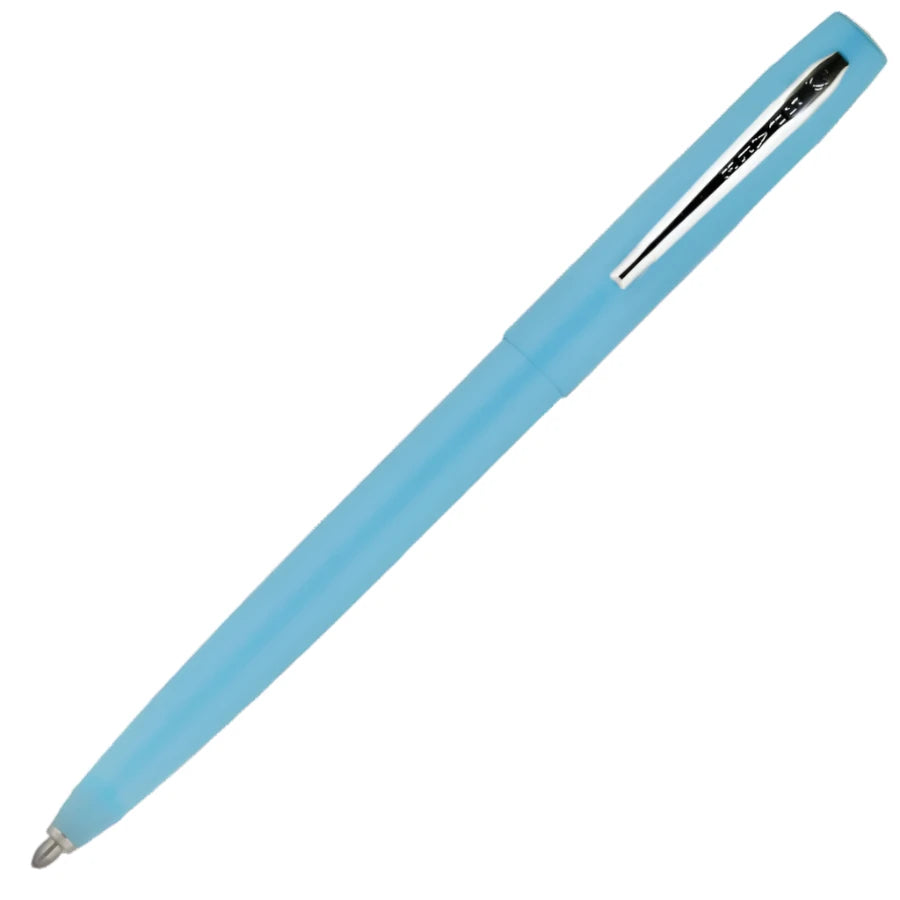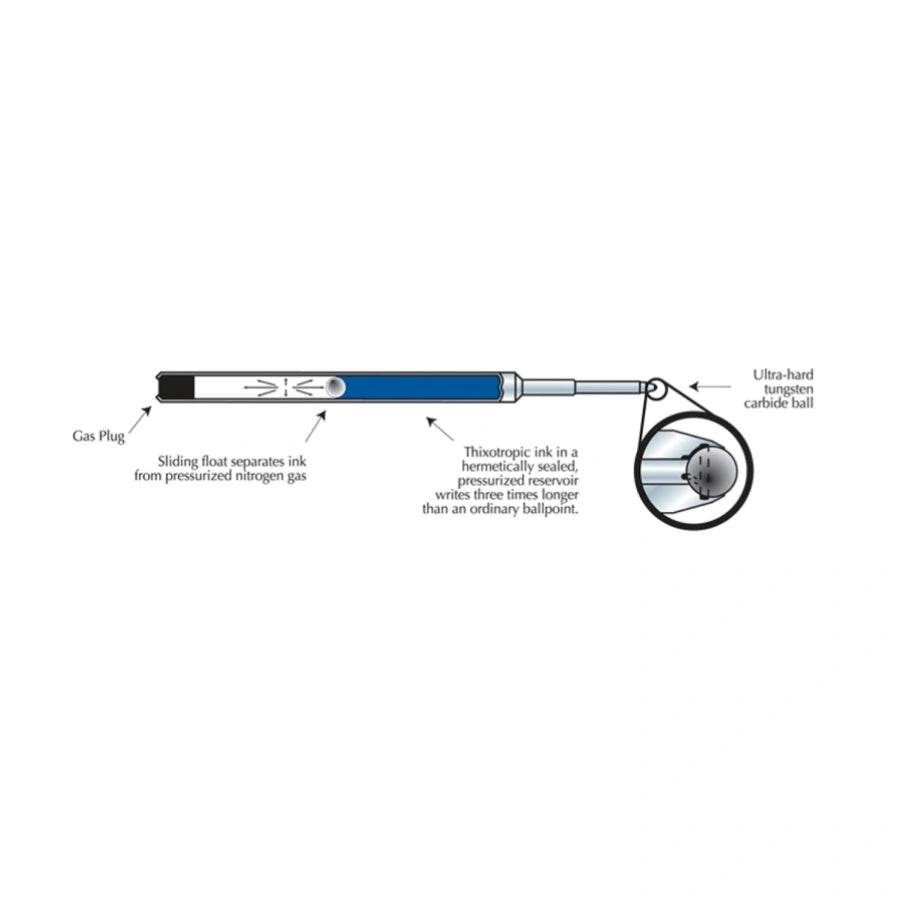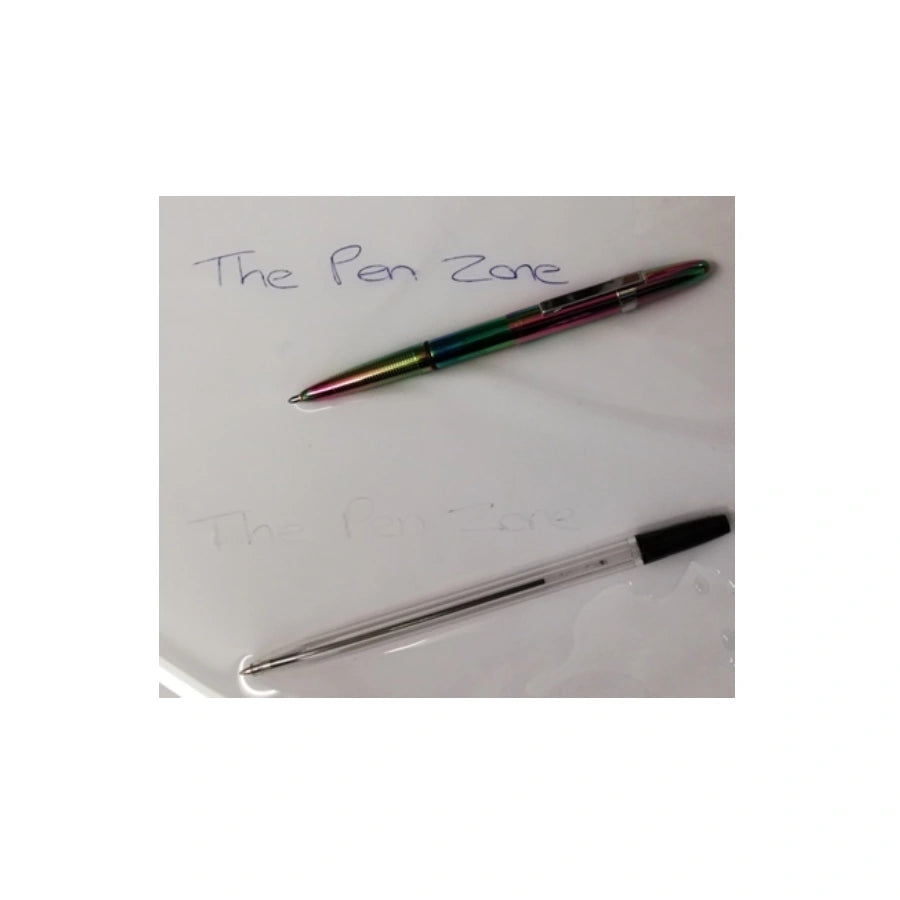Fisher Space Pen Cap-O-Matic Tradesman Blue
SKU: FM4BL/CTFisher Space Pen Cap-O-Matic Tradesman Blue
Couldn't load pickup availability
Fisher Space Pen FM4BL/CT Blue Clip
The Cap-O-Matic range from Fisher have push down cap to activate the pen and are made from brass with a powder coated finish or plastic and chrome plate. They all have a slim line pocket clip. All the Cap-O-Matic range contain the pressurised refill that writes any where in any condition.
Fisher Space Pens have a lifetime guaranteed for quality against all manufacturing defects.
Features:
• Finish: Matt blue powder coating on an all brass body with chrome clip.
• Refill: Contains SPR4 Medium black pressurised refill in pen.
• Style: Push cap button operation
• Length: 130mm
• Guarantee: All Fisher Space Pen come with a lifetime mechanical guarantee.
• Gift box: The Fisher Space Pen Cap-O-Matic in Blue is gift boxed
• Made in USA
Share








